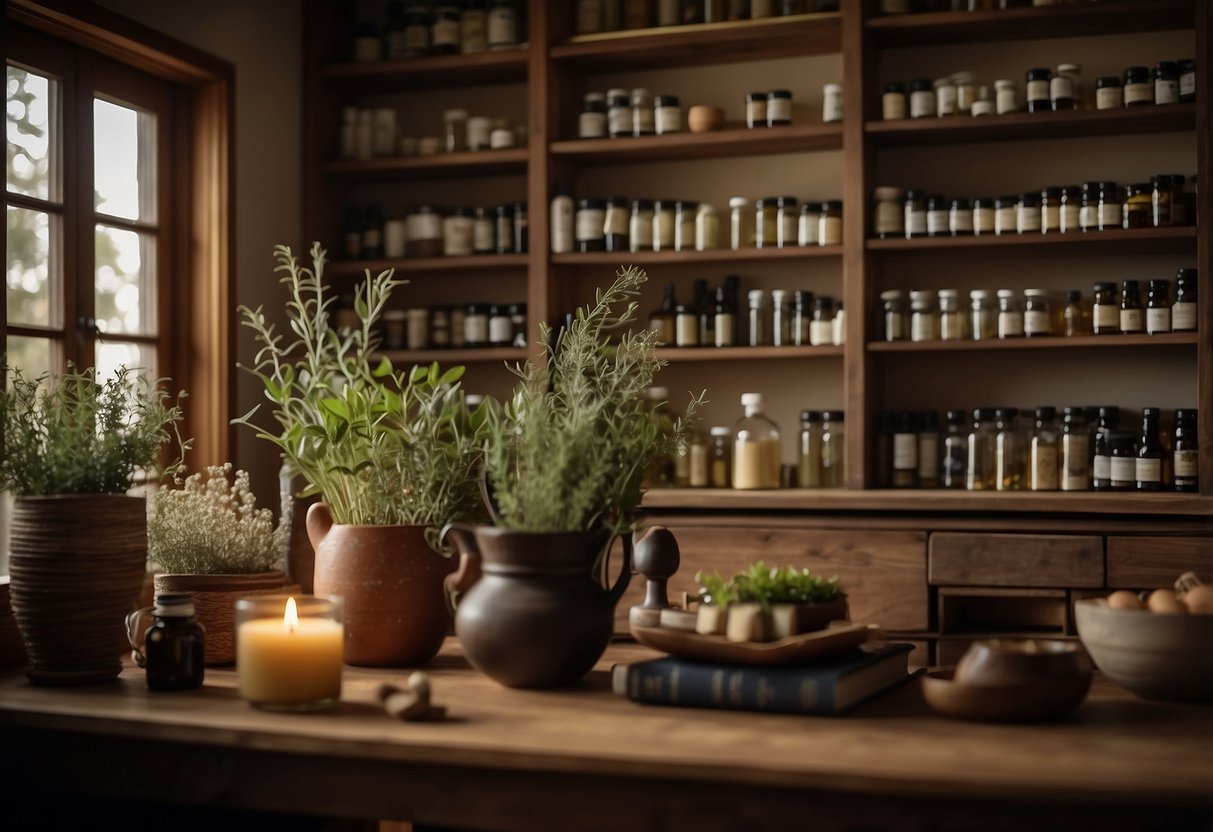Natural Remedies for Common Ailments: Effective DIY Health Solutions
Homeopathy

Homeopathy is a holistic approach that uses highly diluted substances to treat various ailments. It emphasizes individualized treatment based on the principle that the body can heal itself.
Principles of Homeopathy
Homeopathy operates on the concept “like cures like,” meaning a substance causing symptoms in a healthy person can treat similar symptoms in a sick person. Practitioners use highly diluted solutions called remedies, believing these trigger the body’s natural healing response.
Preparation involves serial dilution and succussion (vigorous shaking). This process is thought to enhance the remedy’s effectiveness while minimizing side effects. Homeopathy also values the “minimum dose” principle, using the smallest amount needed to initiate healing. Remedies come from plants, minerals, and animals.
Selecting the Right Remedy
Choosing the correct remedy requires a detailed case-taking process. Practitioners assess physical symptoms, emotional state, and overall well-being. They use this information to match the patient’s symptoms with the remedy’s profile.
Homeopathic remedies come in various forms like pellets, tablets, and liquids. Potency ranges from low (e.g., 6X) to high (e.g., 200C). Lower potencies are generally used for acute conditions, while higher potencies may address chronic issues. Proper selection and administration are key to effective treatment.
Hydrotherapy and Water-Based Treatments
Hydrotherapy involves using water for pain relief and treatment. It has been practiced for centuries, offering various health benefits. The application of water at different temperatures can help in managing different ailments.
Cold water immersion can reduce inflammation and numb areas of pain. This can be particularly effective for injuries and muscle strains.
Warm water therapy, such as baths or compresses, soothes stiff joints and muscles. It can improve blood circulation and promote relaxation.
Contrast hydrotherapy involves alternating between hot and cold water. This method stimulates blood flow and can alleviate swelling and fatigue.
Water-based exercises, like swimming or aqua aerobics, provide low-impact workouts. They support joint health and enhance cardiovascular fitness.
Incorporating hydrotherapy into daily routines can improve general well-being. Frequent use of hot baths or showers can reduce stress and promote better sleep.
Hydrotherapy can be tailored to individual needs. Simple practices, such as soaking feet in warm water, can provide relief and comfort.
Pregnant women and individuals with specific medical conditions should consult a healthcare provider before starting any hydrotherapy treatments. This ensures safe and effective use tailored to their specific health circumstances.
Physical Therapies
Physical therapies can offer effective, natural solutions for managing and alleviating various common ailments. They involve engaging the body in specific activities that aim to promote healing, flexibility, and overall well-being.
Exercise as Medicine
Exercise plays a crucial role in maintaining health, preventing illness, and managing chronic conditions. Regular physical activity can help control weight, reduce the risk of heart disease, and improve mental health. For instance, aerobic exercises like walking, running, or cycling enhance cardiovascular health and boost energy levels.
Strength training, including lifting weights and resistance band exercises, builds muscle mass and strengthens bones, reducing the risk of osteoporosis. Flexibility exercises, such as stretching, help maintain joint health and prevent injuries. People with chronic pain, such as arthritis, may find relief through low-impact activities like swimming or tai chi.
Consistency is key in exercise routines. It’s important to start slowly and gradually increase the intensity and duration of workouts to prevent injury. Consulting with a healthcare provider or a certified fitness trainer can help tailor an exercise plan to individual needs, ensuring safety and effectiveness.
